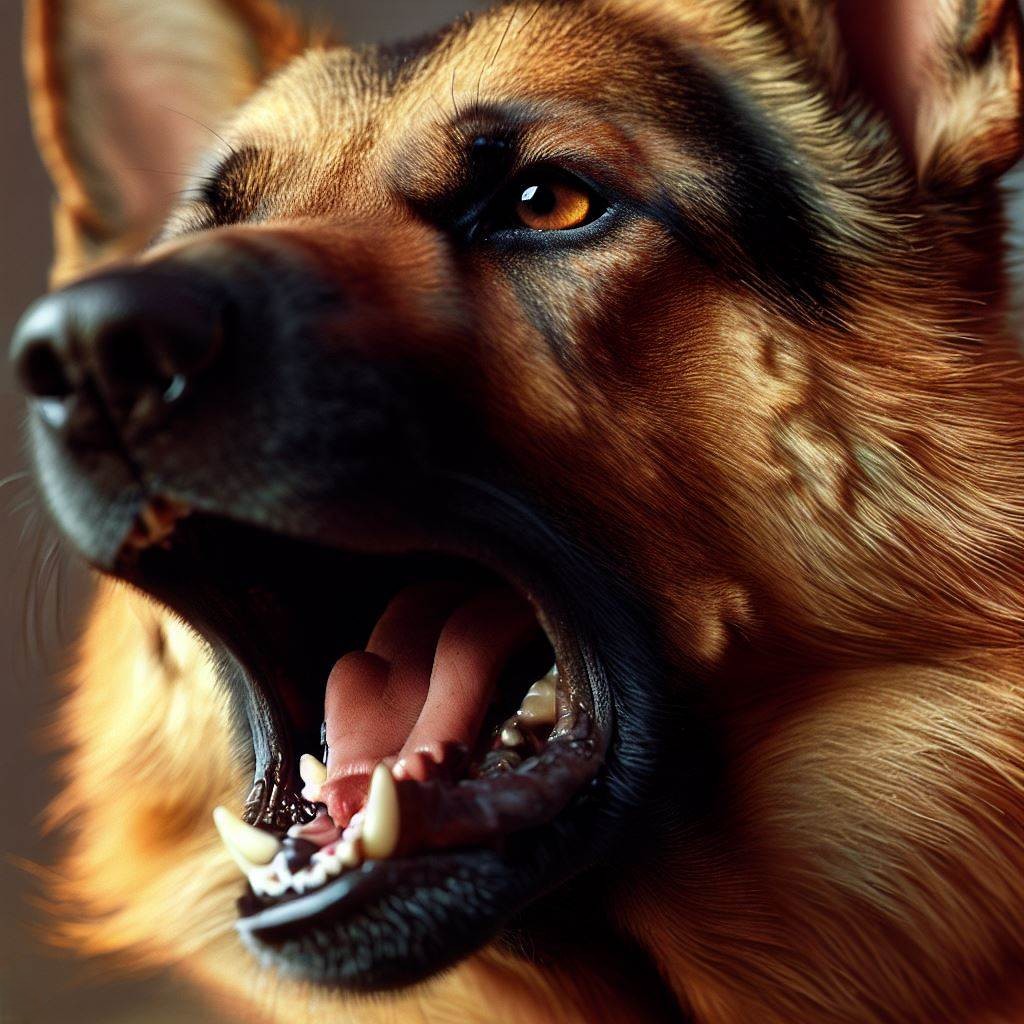Imagine a serene afternoon, sunlight filtering through your window, casting a golden hue over everything. You’re sipping your favorite beverage when your gaze settles on your once sprightly pup or lively kitten. Now, they have a distinguished gray muzzle or a slightly less agile jump. The stories of their years are etched in their fur and behavior. Let’s dive deep into this endearing tale of whiskers and wrinkles, of age’s gentle touch on our animal companions.
Imagine a serene afternoon, sunlight filtering through your window, casting a golden hue over everything. You’re sipping your favorite beverage when your gaze settles on your once sprightly pup or lively kitten. Now, they have a distinguished gray muzzle or a slightly less agile jump. The stories of their years are etched in their fur and behavior. Let’s dive deep into this endearing tale of whiskers and wrinkles, of age’s gentle touch on our animal companions.
Imagine a serene afternoon, sunlight filtering through your window, casting a golden hue over everything. You’re sipping your favorite beverage when your gaze settles on your once sprightly pup or lively kitten. Now, they have a distinguished gray muzzle or a slightly less agile jump. The stories of their years are etched in their fur and behavior. Let’s dive deep into this endearing tale of whiskers and wrinkles, of age’s gentle touch on our animal companions.
From a dog barking at a perceived threat to a cat retracting its claws, animals exhibit a range of behaviors that are instinctual, meaning they are innately programmed and don’t rely on learning or experience. These instinctual behaviors are fascinating to study and understand, as they provide a window into the genetic blueprint of our pets and their intrinsic survival mechanisms.
From a dog barking at a perceived threat to a cat retracting its claws, animals exhibit a range of behaviors that are instinctual, meaning they are innately programmed and don’t rely on learning or experience. These instinctual behaviors are fascinating to study and understand, as they provide a window into the genetic blueprint of our pets and their intrinsic survival mechanisms.
From a dog barking at a perceived threat to a cat retracting its claws, animals exhibit a range of behaviors that are instinctual, meaning they are innately programmed and don’t rely on learning or experience. These instinctual behaviors are fascinating to study and understand, as they provide a window into the genetic blueprint of our pets and their intrinsic survival mechanisms.
From a dog barking at a perceived threat to a cat retracting its claws, animals exhibit a range of behaviors that are instinctual, meaning they are innately programmed and don’t rely on learning or experience. These instinctual behaviors are fascinating to study and understand, as they provide a window into the genetic blueprint of our pets and their intrinsic survival mechanisms.
Understanding pet emotions is a fascinating endeavor that extends far beyond the realm of behaviors alone; it delves into the intricate world of physiological changes. Like humans, pets undergo physical responses to different emotional states. Fear or stress may trigger increased heart rates, elevated panting, or even shedding. Conversely, relaxation or contentment can lead to slower, rhythmic breathing and a relaxed body posture. These physiological signs offer crucial insights into our pets’ emotional world, enriching our understanding and interaction with them.
Understanding pet emotions is a fascinating endeavor that extends far beyond the realm of behaviors alone; it delves into the intricate world of physiological changes. Like humans, pets undergo physical responses to different emotional states. Fear or stress may trigger increased heart rates, elevated panting, or even shedding. Conversely, relaxation or contentment can lead to slower, rhythmic breathing and a relaxed body posture. These physiological signs offer crucial insights into our pets’ emotional world, enriching our understanding and interaction with them.
Understanding pet emotions is a fascinating endeavor that extends far beyond the realm of behaviors alone; it delves into the intricate world of physiological changes. Like humans, pets undergo physical responses to different emotional states. Fear or stress may trigger increased heart rates, elevated panting, or even shedding. Conversely, relaxation or contentment can lead to slower, rhythmic breathing and a relaxed body posture. These physiological signs offer crucial insights into our pets’ emotional world, enriching our understanding and interaction with them.










